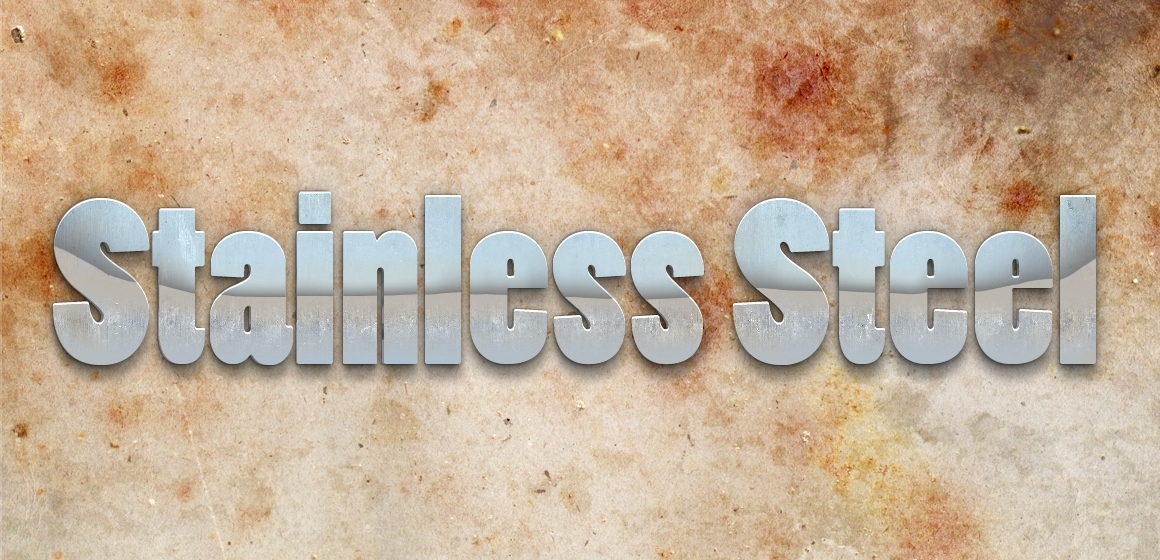Stainless Steel
Camera
2020/03/23
EverFocus Marine Grade Stainless Steel (AISI 316) can withstand harsh and corrosive environment
The metals most commonly used today in the construction of yachts, marine structures and fittings are stainless steel and aluminum. While aluminum is light, it has limited corrosion resistance in seawater and requires significant maintenance. Stainless steel, on the other hand, is recognized as the premium material for marine applications where it is used for its excellent corrosion resistance, luster, strength and stiffness.For many boating applications grade 304 (UNS S30400/S30403) stainless steel fittings have proven adequate. The current industry standard, however, is grade 316 (UNS S31600/S31603 - commonly termed "marine grade" stainless) which offers a solution to around 90% of marine applications. Grades 304 and 316 are austenitic (300 series) stainless steels due to their metallurgical structure (austenite) which gives them excellent ductility, good strength, non-magnetic properties, good weldability and very good corrosion resistance.

The following general rules apply:
304 may be used for fully exposed components, frequently washed with fresh water;
316 may be used for all hull and deck fitting applications above the water line;
While stainless steel grades 304, 316 and duplex steels can all be used in marine applications, they do provide varying degrees of corrosion resistance and durability. The key to their successful application is, therefore, being aware of the strengths and limitations of each grade and how they can be used to their optimum potential.
The corrosion resistance of all stainless steels also improves if they are kept clean. The build up of salt encrustations, grease or dirt allows corrosion to occur in these regions. After use in marine situations, it is good practice to wash down with clean water and to remove any deposits on the surface.
The metals most commonly used today in the construction of yachts, marine structures and fittings are stainless steel and aluminum. While aluminum is light, it has limited corrosion resistance in seawater and requires significant maintenance. Stainless steel, on the other hand, is recognized as the premium material for marine applications where it is used for its excellent corrosion resistance, luster, strength and stiffness.For many boating applications grade 304 (UNS S30400/S30403) stainless steel fittings have proven adequate. The current industry standard, however, is grade 316 (UNS S31600/S31603 - commonly termed "marine grade" stainless) which offers a solution to around 90% of marine applications. Grades 304 and 316 are austenitic (300 series) stainless steels due to their metallurgical structure (austenite) which gives them excellent ductility, good strength, non-magnetic properties, good weldability and very good corrosion resistance.

The following general rules apply:
304 may be used for fully exposed components, frequently washed with fresh water;
316 may be used for all hull and deck fitting applications above the water line;
While stainless steel grades 304, 316 and duplex steels can all be used in marine applications, they do provide varying degrees of corrosion resistance and durability. The key to their successful application is, therefore, being aware of the strengths and limitations of each grade and how they can be used to their optimum potential.
The corrosion resistance of all stainless steels also improves if they are kept clean. The build up of salt encrustations, grease or dirt allows corrosion to occur in these regions. After use in marine situations, it is good practice to wash down with clean water and to remove any deposits on the surface.



